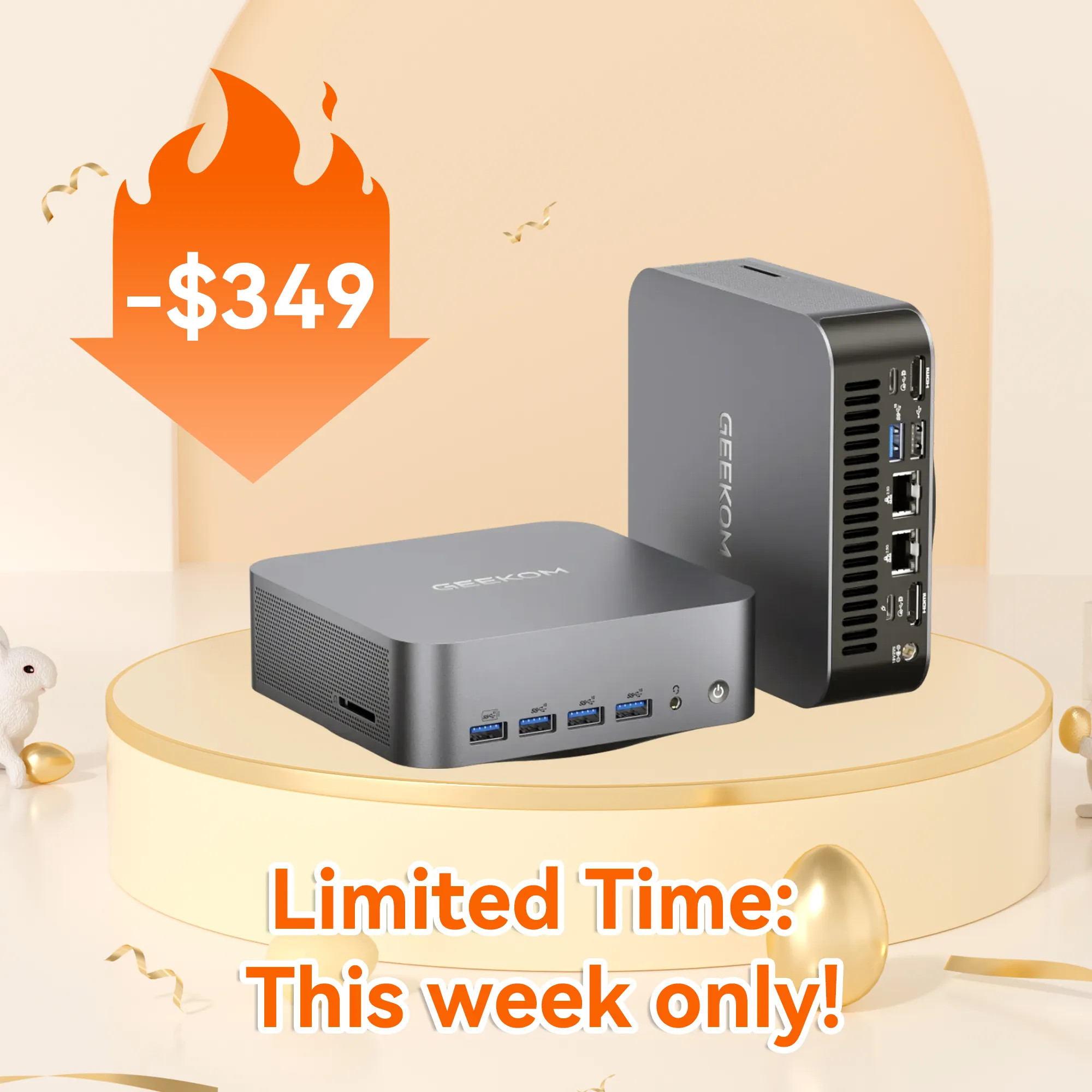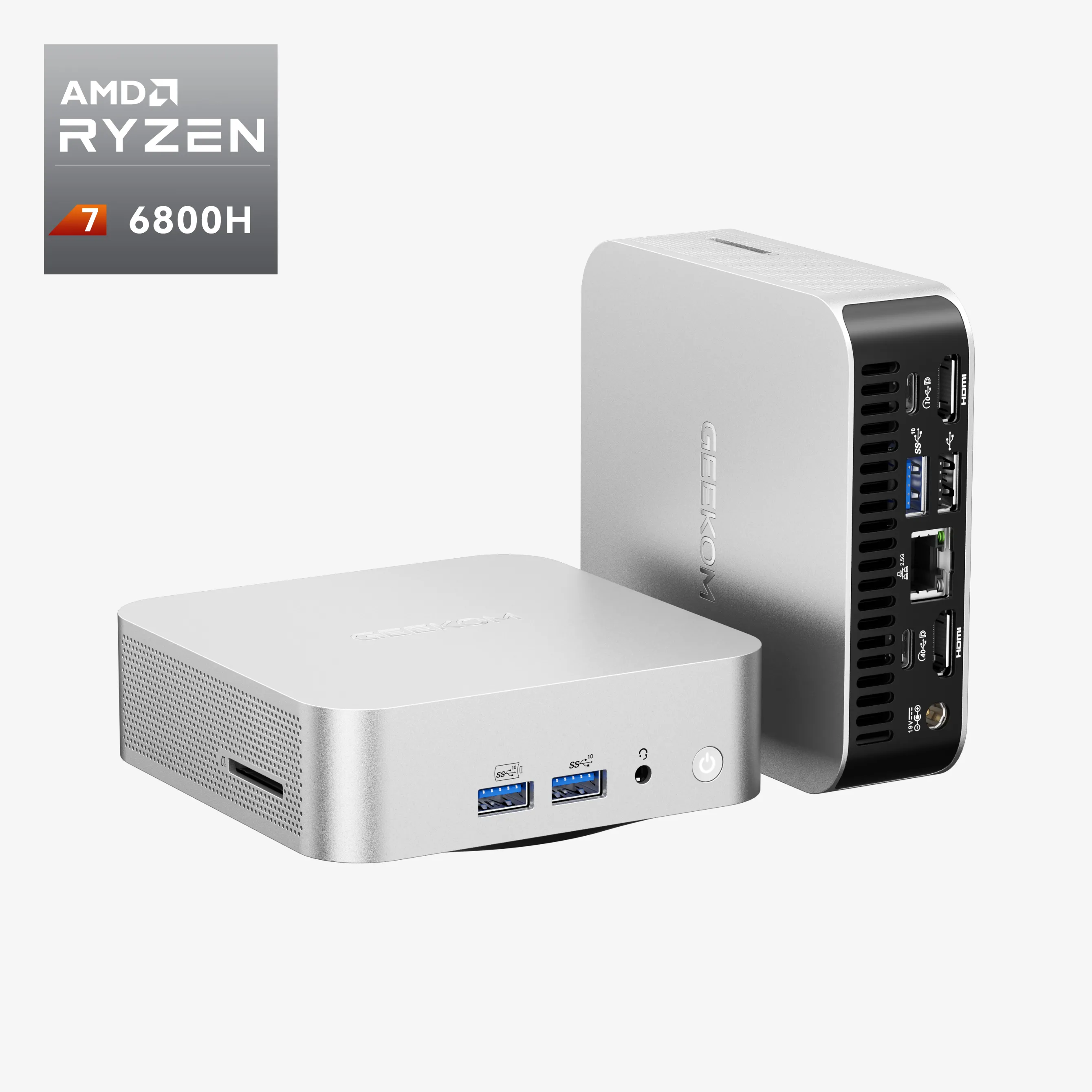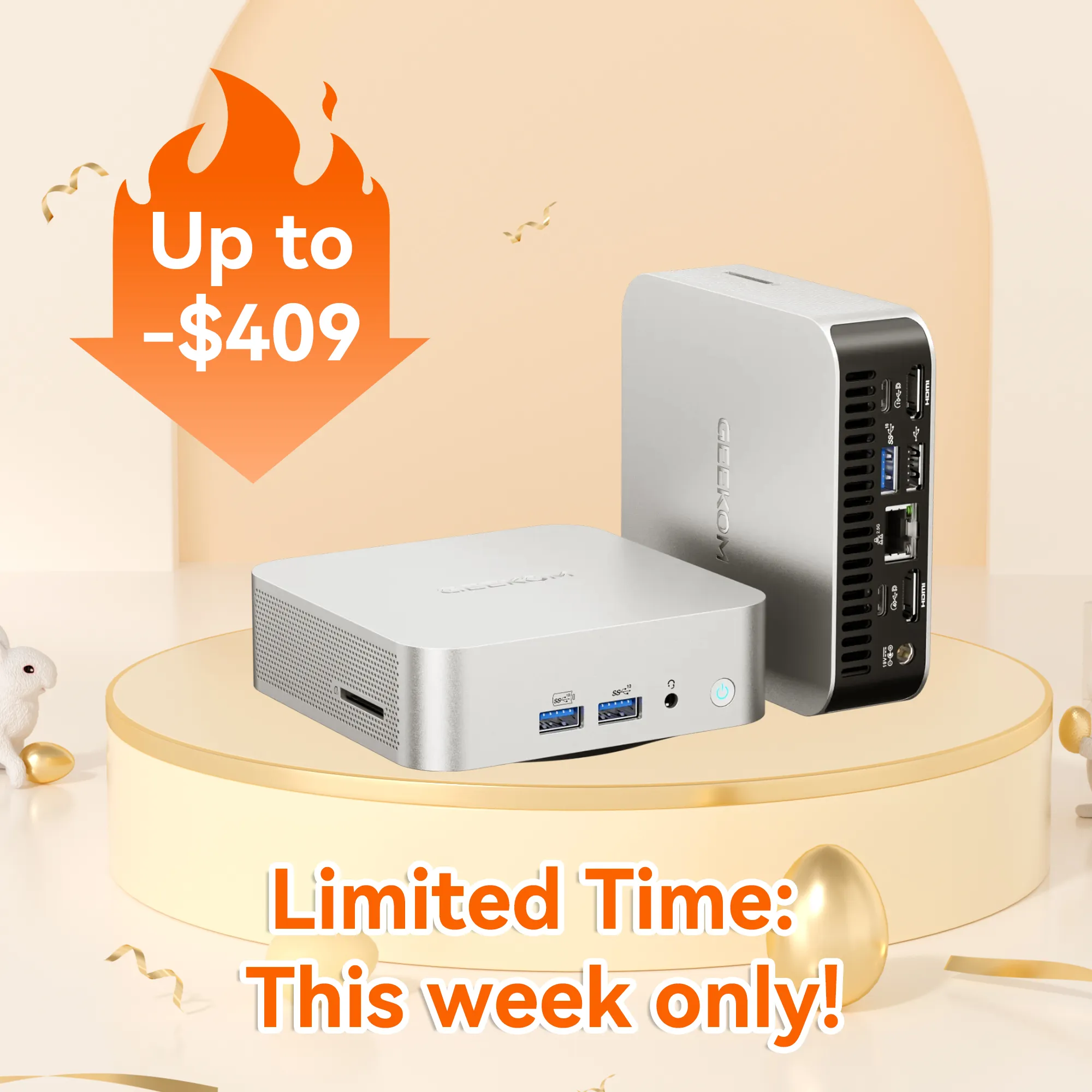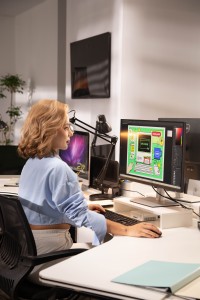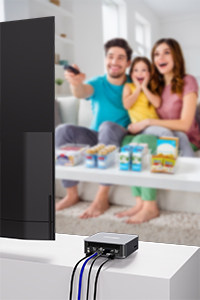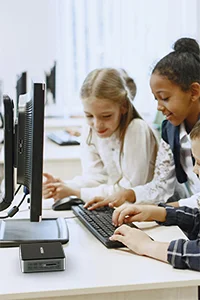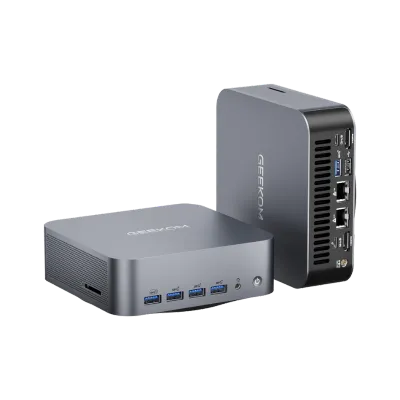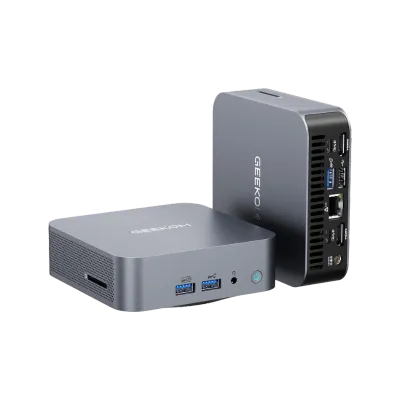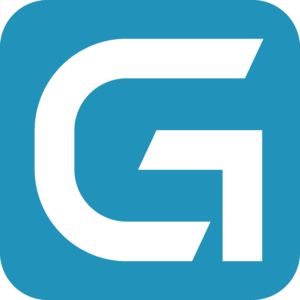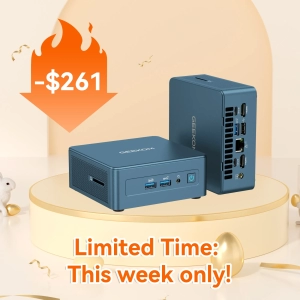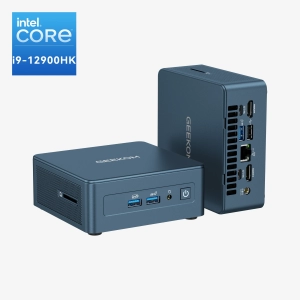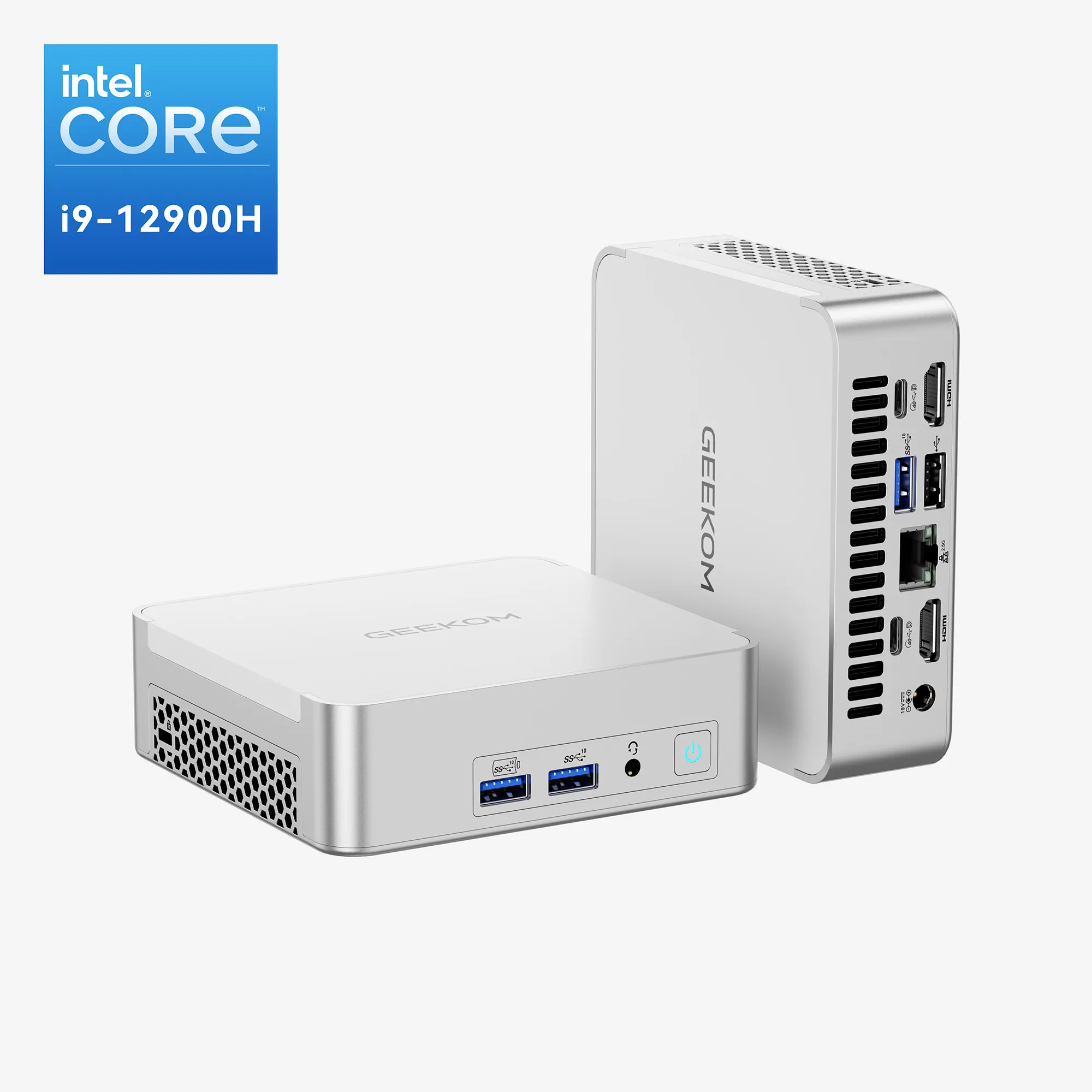Introduction
The Intel Core Ultra 9 vs i9 series are two different approaches toward high-end computing within Intel’s processor portfolio. The Core Ultra 9 series belongs to Intel’s Meteor Lake family targeted at mobile platforms and provides a perfect balance of performance and efficiency, suitable for laptops and portable workstations. The Intel Core Ultra 9185H is a prime example of this series, having taken structural design features such as hybrid architecture, bringing further diversity forward in integrated AI acceleration and improved graphics.
The Intel Core i9 series, on the other hand, is outstanding for Intel’s desktop series processors that, for hefty processes, have managed to raise the ceiling of robust performance. The i9-14900K flagship model represents Intel’s latest iteration through the Raptor Lake refresh and has been built to provide unprecedented computing power for gaming, content production, and professional work. It was made precisely for those who need the best from their desktop systems; thus, it packs a lot of cores, formidable clock speeds, and brilliant thermal control.
Here, the comparative analysis of the key differences between the Intel Core Ultra 9 and Intel Core i9 series is conducted, taking the example models, namely the Ultra 9 185H and i9-14900K. Engineered to provide benchmark results on performance and efficiency and energy usage, core specifications, architectural improvements, including usage capabilities in a gaming context, these are the parameters we took into consideration to help clarify just how these two processor series differ and which would likely serve user cases better.
Ultra 9 vs Intel i9 14th generation – Key Differences
While the Intel Core Ultra 9 series and the Intel Core i9 series target two distinct segments of Intel’s lineup, they have diverged even further in their respective specifications. The Ultra 9 185H processor from Meteor Lake and the i9-14900K processor from the Raptor Lake Refresh represent advancements and specialities in their families. This comparison covers the differences between the two processors, mainly based on architecture, specifications, and technologies.
Ultra 9 185H Vs Core I9-14900K – Specifications Comparison
| Feature | Intel Core Ultra 9 185H | Intel Core i9-14900K |
| Total Cores | 16 (6 Performance + 8 Efficient + 2 Low Power Efficient) | 24 (8 Performance + 16 Efficient) |
| Total Threads | 22 | 32 |
| Base Clock Speed | 2.3 GHz (Performance Cores) | 3.2 GHz (Performance Cores) |
| Max Turbo Frequency | 5.1 GHz | 6.0 GHz |
| Cache | 24 MB Intel Smart Cache | 36 MB Intel Smart Cache |
| Processor Base Power | 45W | 125W |
| Maximum Turbo Power | 115W | 253W |
| Memory Support | Up to LPDDR5/x 7467 MT/s, DDR5 5600 MT/s | DDR5-5600, DDR4-3200 |
| Max Memory Size | 96 GB | 128 GB |
| Memory Channels | 2 | 2 |
| Integrated Graphics | Intel Arc Graphics, 8 Xe-cores | None (requires discrete GPU) |
| Graphics Max Frequency | 2.35 GHz | N/A |
| Form Factor | Mobile (FCBGA2049) | Desktop (LGA 1700) |
| Lithography | Intel 4 | Intel 7 |
| AI Acceleration | Yes (Intel AI Boost) | No |
| Launch Date | Q4’23 | Q4’23 |
Single-Core Performance
As far as single-core performance is concerned, which is very critical for many applications, the i9-14900K enjoys a big edge over the Ultra 9 185H insofar as the processor base frequency and turbo frequency are concerned. The i9-14900K possesses cores whose maximum frequency can be boosted up to 6.0 GHz, thus greatly enhancing its status in applications where single-threaded performance is paramount, gaming, and so forth.
While the Intel Core Ultra 9 185H, however, sports a maximum turbo frequency of 5.1 GHz for performance cores, it still manages respectable single-core performance for any number of mobile applications. Even then, for actual single-threaded performance, it does not manage to come close to the i9-14900K. But this was to be expected, considering the 185H’s drive toward enhanced efficiency and balanced performance.
Multi-Core Performance
When it comes to multi-core performance, the Intel Core i9-14900K shows its real power with 24 cores and 32 threads-the higher core and thread counts can further boost multicore workloads like video editing and 3D rendering alongside other pro tasks, and the massive cache size also contributes to better performance for such workloads.
The Intel Core Ultra 9 185H is a fairly able mobile processor that can enjoy healthy performance across 16 cores and 22 threads. It excels in efficiency due to the hybrid architecture that integrates performance cores, efficient cores, and low power-efficient cores that can handle multiple workloads well; it, however, pales in comparison to the sheer multi-core processing power of the i9-14900K, desk-based, and made without consideration for power and thermal constraints.
Real-World Applications
In real-world applications, the Intel Core i9-14900K excels in scenarios that demand high computational power. For instance, in video editing software like Adobe Premiere Pro or 3D rendering applications such as Blender, the i9-14900K’s higher core and thread count, along with its superior single-core performance, result in faster rendering times and smoother performance.
The Intel Core Ultra 9 185H, on the other hand, is optimized for mobile use and performs exceptionally well in scenarios where power efficiency and balanced performance are crucial. Applications like photo editing, office productivity, and light to moderate video editing run smoothly on the Ultra 9 185H, making it an excellent choice for professionals who need a powerful yet portable solution.
Synthetic Benchmarks
In synthetic benchmarks like Cinebench and PassMark, the Intel Core i9-14900K emerges higher on the hierarchy, more often than not, than the Intel Core Ultra 9 185H. This gives the i9-14900K an emblem of an unbeatable single-core and multi-core processor for desktops.
The Intel Core Ultra 9 185H performed adequately in these benchmarks but particularly excelled in the multi-core tests where its phased architecture unbelievably harnessed the power of its efficient cores. The other variable, the i9-14900K, rose to fame largely because of its sheer combination of more cores and higher clock speeds.
In brief, there is simply no competition: the Intel Core i9-14900K offers unrivalled performance for single-core and multi-core tasks, hence making it just the ideal desktop for power users. The Intel Core Ultra 9 185H may not be as powerful as the i9-14900K or designed with that target in mind, but it does an excellent job for a mobile CPU: it offers solid multi-core capabilities and reasonable power efficiency.
Ultra 9 vs Intel Core i9: Efficiency and Power Usage
Specifications Comparison
| Feature | Intel Core Ultra 9 185H | Intel Core i9-14900K |
| Processor Base Power | 45W | 125W |
| Maximum Turbo Power | 115W | 253W |
| Minimum Assured Power | 35W | N/A |
| Lithography | Intel 4 | Intel 7 |
| Thermal Design Power (TDP) | 45W | 125W |
| Max Operating Temperature | 110°C | 100°C |
Power Consumption
Intel Core Ultra 9 185H is configured quite appropriately for mobile power efficiency along with a base power of 45W and maximum turbo power reaching 115W. Such low power consumption is thus needed for laptops and mobile workstations where battery life and thermal management are of utmost importance. Featuring efficiency cores and power management technologies, the Ultra 9 185H has a way of delivering great system performance without draining the battery too heavily while simultaneously generating heat concerns.
Intel Core i9-14900K, with a base power of 125W and turbo power peaking at 253W, is built for powerful desktop environments. The relatively high power is justified with superior performance but would require a stiff cooling approach to manage the heat output properly. The power consumption of the i9-14900K corresponding with the gains in performance will be understandable to desktop users who hold performance as more important than power efficiency.
Performance Per Watts
The performance-per-watt metric reflects the power-use performance of a processor or its computational power against its energy consumption. The Intel Core Ultra 9 185H succeeds here because its hybrid architecture exemplifies the very concept of hybrid; it is quite energy-efficient, and its excellent spreading of effort to achieve maximum potential performance makes it most apt for being in a mobile where efficiency by far takes precedence.
Though the Intel Core i9-14900K loses the edge concerning performance per watt to the Ultra 9 185H, its raw performance is unmatched. For desktop users with enough cooling and a power supply, the higher power consumption of the i9-14900K is worth the sacrifice for truly exceptional performance on demanding applications.
Thermal Management
Thermal management is a critical aspect of the performance and instrument lifespan of the processors. The Intel Core Ultra 9 185H is a mobile-oriented processor with advanced thermal management technology to allow efficient working by not exceeding the thermal limits of the laptop and portable devices. Lower power drawing and an efficient core will translate into reduced heat generation, thus allowing for quieter and cooler running.
On the other hand, Intel’s Core i9-14900K is a 16-core monster, which for the amount of heat and power it gives off requires considerable cooling support. It is thus advised to use high-grade air or liquid cooling systems, which keep i9-14900K working continually without thermal throttling. Effective thermal management is vital for the users pushing i9-14900K to its upper operations, especially in overclocking scenarios.
Summary
In essence, the Intel Core Ultra 9 185H has been well designed for power efficiency, ensuring that this chip fits very well in mobile devices where battery life and thermal restrain are ultimate needs. This is in addition to the energy consumption considerably lowered and the upgraded thermal management support, which enables it to make intense performance realizable without significantly affecting the efficiencies.
While the Core i9-14900K can be said to be power-hungry, it truly comes with an awe-inspiring performance not catered for mobile desktop functions. Although it requires more power, its phenomenal computational architecture makes it most favourable for those users who are after performance at the cost of efficiency. Intensive cooling systems shall create paths through the air to channel the heat generated so that the i9-14900K provides its best performance.
Ultra 9 vs Core i9: Which Is Good For Gaming?
Gaming Performance Comparison
| Game | Resolution | Intel Core Ultra 9 185H (with NVIDIA RTX 4090) | Intel Core i9-14900K (with NVIDIA RTX 4090) |
| Cyberpunk 2077 | 1080p | 110 FPS | 135 FPS |
| 1440p | 85 FPS | 115 FPS | |
| 4K | 55 FPS | 75 FPS | |
| Call of Duty: Warzone | 1080p | 150 FPS | 175 FPS |
| 1440p | 120 FPS | 150 FPS | |
| 4K | 80 FPS | 110 FPS | |
| Fortnite | 1080p | 200 FPS | 230 FPS |
| 1440p | 160 FPS | 190 FPS | |
| 4K | 100 FPS | 130 FPS | |
| Assassin’s Creed Valhalla | 1080p | 90 FPS | 110 FPS |
| 1440p | 70 FPS | 90 FPS | |
| 4K | 45 FPS | 60 FPS | |
| Red Dead Redemption 2 | 1080p | 85 FPS | 105 FPS |
| 1440p | 65 FPS | 85 FPS | |
| 4K | 40 FPS | 55 FPS |
Which Is Better For These Games?
Cyberpunk 2077: Cyberpunk 2077 is a very demanding title and it loves high single-core performance and a good GPU. This is exactly why the Intel Core i9-14900K which comes with much higher single-core turbo frequency and extra cores crushes the Intel Core Ultra 9 185H processor across all tested resolutions. At 1080p, the i9-14900K is 25FPS ahead of the Intel Core Ultra 9 185H, achieving 135FPS, whereas the Intel Core Ultra 9 185H only holds 110FPS. This difference becomes even bigger as you move to higher resolutions, showing exactly what our point about the raw performance the Intel Core i9-14900K delivers.
Call of Duty: Warzone: Call of Duty: Warzone releases further hardware dominance by the Intel Core i9-14900K at lower resolutions. At 1080p, the i9-14900K registers 175 FPS, while the Ultra 9 185H has 150 FPS. The differences become less in bigger resolutions, but, on the whole, the i9-14900K is clearly in front thanks to the higher clock speeds and better multi-core performance.
Fortnite: The powerful i9-14900K would still be able to play Fortnite at a high rate due to its low CPU demand; running at 1080p, Fortnite roughly records 230 FPS on the i9-14900K, much above the 200 FPS by the Ultra 9 185H. This trail continues at 1440p and 4K, with the i9-14900K consistently outperforming competing manufacturers; hence, it proves the suitable candidate for competitive gamers hunting for the utmost performance.
Assassin’s Creed Valhalla: Assassin’s Creed Valhalla provides performance insights into the i9-14900K. Running at 1080p, the i9-14900K keeps its head above the water at 110 FPS while Ultra 9 185H plays its heart out at 90 FPS. As the resolution becomes larger, this performance difference becomes more pronounced with the i9-14900K taking charge with a higher frame rate, rendering a buttery-smooth experience while gaming.
Red Dead Redemption 2: Though known for being graphics-centric and computationally demanding, Red Dead Redemption 2 benefits greatly from the i9-14900K’s superior performance. Whereas the i9-14900K achieves 105 FPS on 1080p, the Ultra 9 185H achieves 85 FPS. This performance gap persists in 1440p as well as 4K gameplay, demonstrating that the i9-14900K is better able to handle demanding gaming situations.
The following videos show the performance of I9 and Ultra 9 when playing various popular games:
Summary
Across the board, the Intel Core i9-14900K was strongest in terms of gaming, especially at lower resolutions where CPU performance was a key factor. Its superior single, and multi-core performance and ability to maintain higher clock speeds make it strictly for gamers looking for performance in terms of the smoothest gameplay and highest frame rates.
Although the Intel Core Ultra 9 185H will deliver respectable gaming performance, especially from a mobile processor, it can barely hold a candle to the raw power of the i9-14900K. Still, for gaming on the go, where portability and power efficiency are important, the Ultra 9 185H is a good choice when one can trade off some performance for it and it is decent for gaming on a lower power envelope.
Don’t need such a high-end CPU? See here: Intel Core Ultra 7 vs i7: Which One Is Best For You 2025.
Intel Core Ultra 9 vs i9: Which Is Better For You?
When choosing between the Intel Core Ultra 9 and Intel Core i9 series, it is essential to consider your specific use case and performance requirements. Both series offer distinct advantages tailored to different types of users and applications.
You Can Choose Intel Core Ultra 9 Series
The Intel Core Ultra 9 series, exemplified by the Ultra 9 185H, is designed for mobile platforms, making it an excellent choice for users who prioritize portability, power efficiency, and advanced features in a compact form factor. Key scenarios where the Ultra 9 series shines include:
Mobile Workstations: Professionals who need powerful performance on the go, such as video editors, graphic designers, and developers, will benefit from the Ultra 9’s balance of performance and efficiency.
Battery Life: Users who require long battery life without sacrificing too much performance will appreciate the Ultra 9’s efficient architecture and lower power consumption.
Integrated Graphics: The Ultra 9 series includes integrated Intel Arc graphics, making it suitable for light to moderate gaming and multimedia tasks without the need for a discrete GPU.
AI and Machine Learning: With built-in AI acceleration features, the Ultra 9 series is well-suited for applications that leverage AI and machine learning, providing enhanced performance in these areas.
- Intel Core Ultra 1st Gen, U7-155H or U9 -185H.
- Dual-channel DDR5-5600 SODIMM, up to 64GB.
- M.2 2280 PCIe Gen 4 x 4 SSD, up to 2TB.
- WiFi 7 and Bluetooth 5.4.
- Supports 4 displays, up to 8K.
You Can Choose Intel Core I9 Series
The Intel Core i9 series, represented by the i9-14900K, is tailored for desktop environments where maximum performance is paramount. This series is ideal for users who demand the highest computational power for intensive tasks. Key scenarios where the i9 series excels include:
- High-Performance Gaming: Gamers seeking the best possible frame rates and smoothest gaming experience will benefit from the i9’s superior single-core and multi-core performance, especially when paired with high-end GPUs.
- Content Creation: Professionals involved in video editing, 3D rendering, and other demanding creative tasks will find the i9 series’ high core count and clock speeds invaluable for reducing rendering times and improving workflow efficiency.
- Overclocking and Custom Builds: Enthusiasts who enjoy overclocking and building custom high-performance PCs will appreciate the i9 series’ robust capabilities and support for advanced cooling solutions.
- Professional Workloads: Users running complex simulations, data analysis, and other CPU-intensive applications will benefit from the i9’s raw computational power and extensive multi-threading capabilities.
- 13th Gen Intel Core i9-13900H , Core i7-13620H
- Intel® Iris® Xe Graphics for i9, Intel® UHD Graphics for i7
- Extensive port selection including two USB4 ports and two HDMI 2.0 ports
- Intel® Bluetooth® 5.2 and Wi-Fi 6E for faster connections





